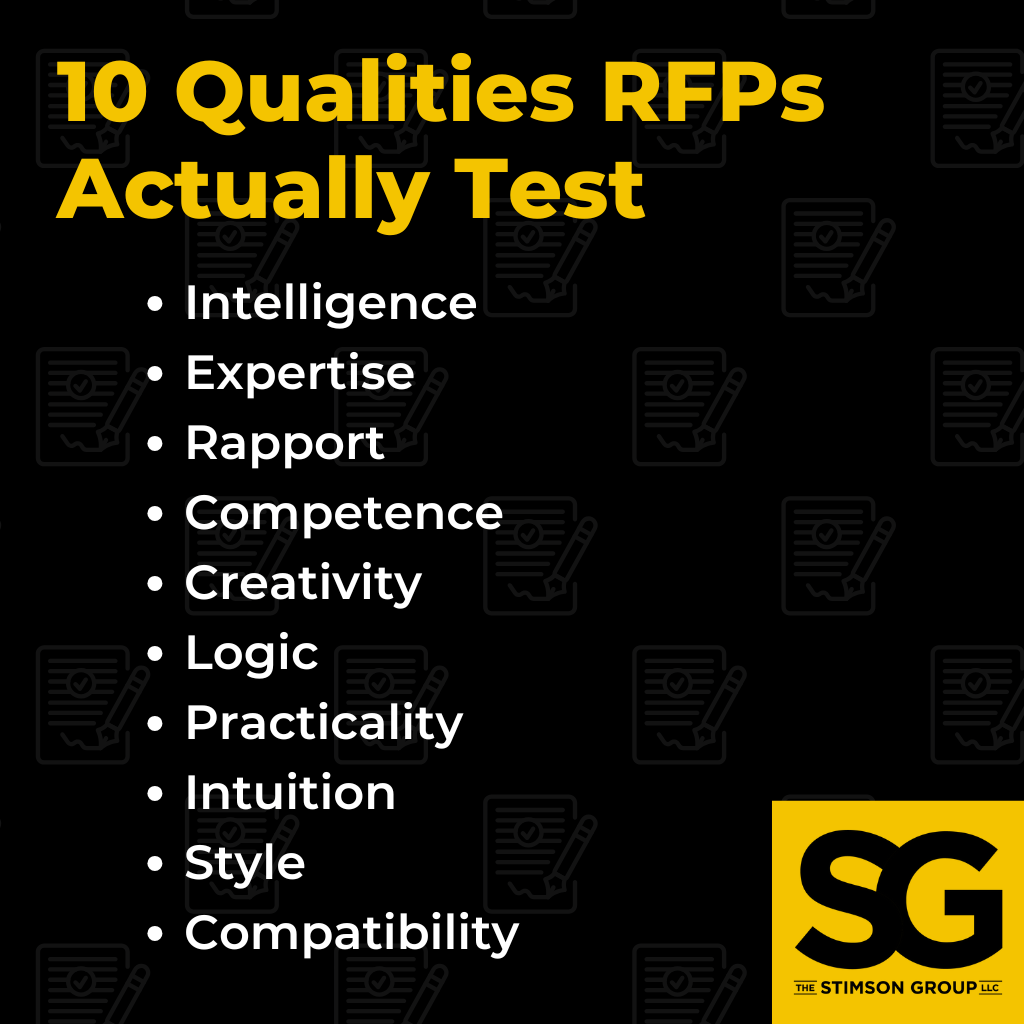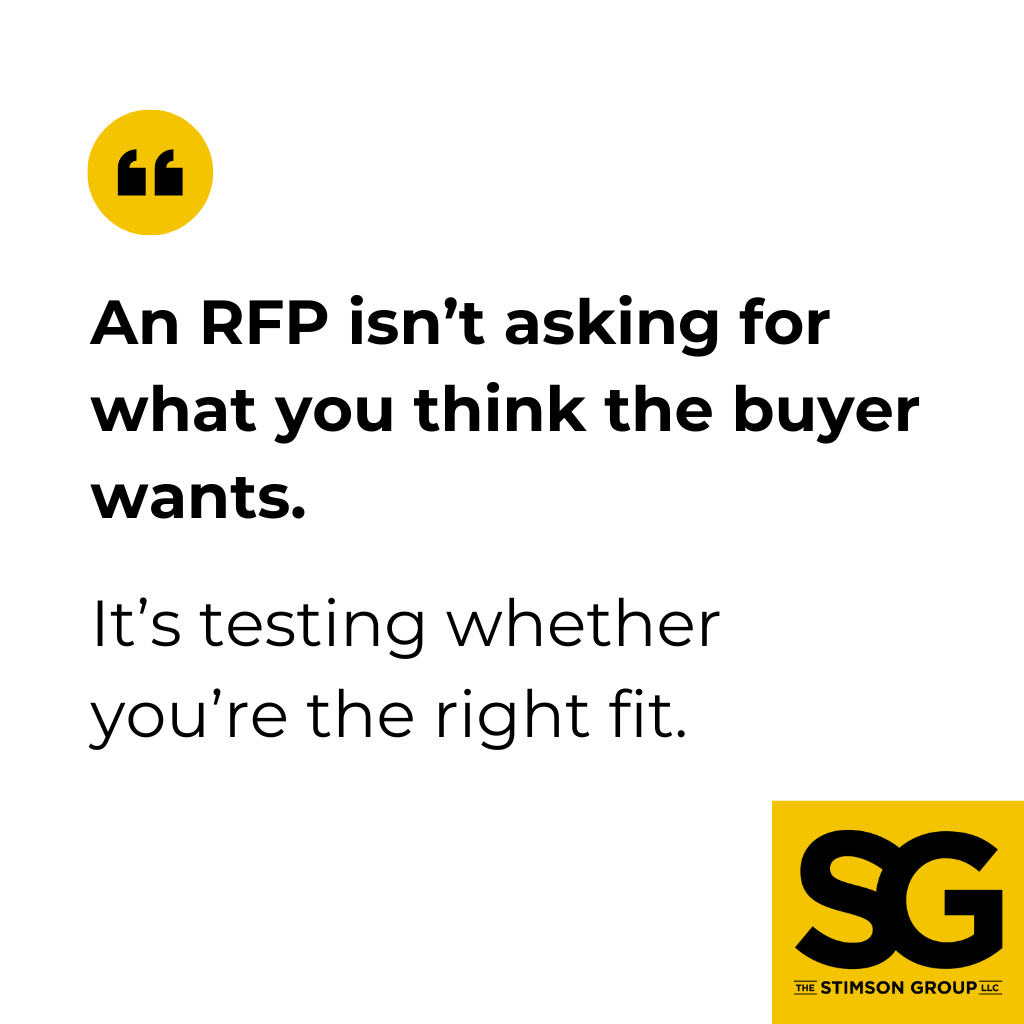
Listen instead on your Monday Morning Drive:
After courting a company for months, they finally invite you to bid on their big event — the one that could elevate your company’s reputation and put you in the black for the rest of the year.
Then, the company sends an RFP, which seems normal enough. But what if that buyer doesn’t care about your design ideas or pricing? What if the RFP is a decoy?
As the adage goes, there’s nothing new under the sun. Anyone can create a nice design. Twinkly lights and LED walls aren’t that difficult. And clients know they can take one company’s great design and have another execute it. The company that created the design won’t necessarily win the job.
So, if you think a request for proposal is just a pricing or design request, it’s time to shake up your mindset. The only correct way to answer a pure pricing request is, “What do you want to spend? I’ll tell you what I can do for that price.”
RFPs aren’t leveling the playing field. So what’s their purpose?
Most prospective buyers use RFPs to evaluate more than your design concepts or pricing structure. Here are 10 qualities I’m very nearly positive most people issuing RFPs are actually looking for.

10 Qualities RFPs Actually Test
1. Intelligence
Your intelligence needs to escalate with the size of the budget.
For a $10,000 buyer, basic competence suffices. For a $2 million buyer, you need to demonstrate sophisticated thinking from the very first line.
2. Expertise
Clients don’t want to know everything you know. They want to see you apply your expertise appropriately.
Can you demonstrate relevant knowledge while implying that there’s more depth behind it? That potential often matters more than your specific design proposals.
3. Rapport
Clients use RFPs to gauge your personality. Will they get a technical, workday approach, or will they see the human behind the specs?
Your business has a personality, too. Make sure it comes to the table with you.
4. Competence
Competence isn’t necessarily synonymous with intelligence or expertise.
Buyers have seen incompetence before, and that’s often why they’re shopping around. Incompetence starts at the top and works its way down, and small missteps and lack of attention to even the most minor details may signal to buyers that you’re not the right partner.
5. Creativity
Intelligence plus cleverness equals creativity; not just in design, but in thinking.
Is creativity part of your approach to problem-solving? Do you think outside the box? And if the prospect insists you stay in said box, is this project worth pursuing?
6. Logic
Buyers recognize logical thinking. For instance, if rehearsal starts at 4 p.m., it’s only logical that you be rehearsal-ready at 4 p.m.
Are you drawing logical conclusions from their RFP, or asking self-evident questions? Demonstrate your thoughtful process: “If rehearsal starts at 4 p.m., we need to schedule a walk-through for 2 p.m.,” etc.
7. Practicality
Sometimes, we excel at being impractical.
Are you brave enough to call out impracticalities in RFPs? For instance, if it makes no sense to move a 15-minute meeting, suggest keeping it in one room with a modified setup.
Buyers need to trust that you’ll be practical with their money.
8. Intuition
Good buyers want intuitive partners who know when to ask questions… and when not to.
Can you sense what needs to be done without receiving explicit instructions? Use your logic, intelligence, and creativity to anticipate buyers’ needs.
9. Style
Style isn’t just design — it influences your entire approach. It’s how your equipment looks, how your team shows up, how your company operates, etc.
Does your style make clients feel good about working with you? Does it reflect your company positively?
10. Compatibility
More so than any other quality, buyers need a partner compatible with their needs.
An RFP isn’t asking for what you think the buyer wants. It’s testing whether you’re the right fit.

The Intelligent Response to RFPs
Back to our scenario: Take a long, hard look at that RFP and remind yourself that it’s a test. Consider what response will resonate with this particular buyer. If they don’t seem to value the qualities I outlined above, decide whether their project is worth pursuing.
And if this RFP is truly just a pricing request, keep your response simple. Ask what price the buyer wants, then tell them what you can deliver for that amount.





Leave a Reply